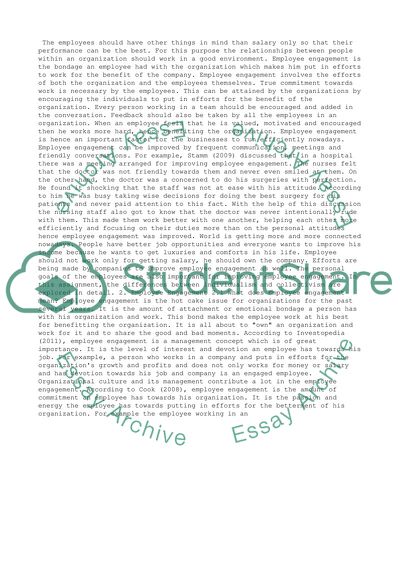Cite this document
(“Employee Engagement Research Paper Example | Topics and Well Written Essays - 3500 words”, n.d.)
Retrieved from https://studentshare.org/management/1394729-employee-engagement
Retrieved from https://studentshare.org/management/1394729-employee-engagement
(Employee Engagement Research Paper Example | Topics and Well Written Essays - 3500 Words)
https://studentshare.org/management/1394729-employee-engagement.
https://studentshare.org/management/1394729-employee-engagement.
“Employee Engagement Research Paper Example | Topics and Well Written Essays - 3500 Words”, n.d. https://studentshare.org/management/1394729-employee-engagement.


